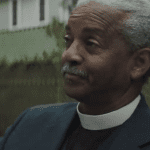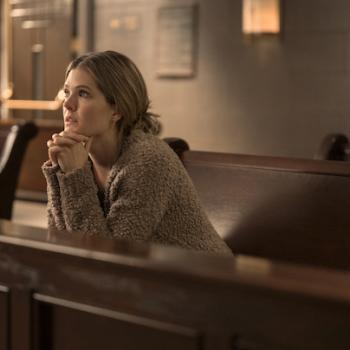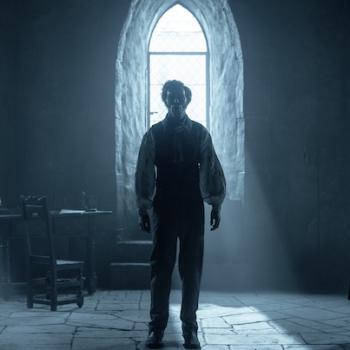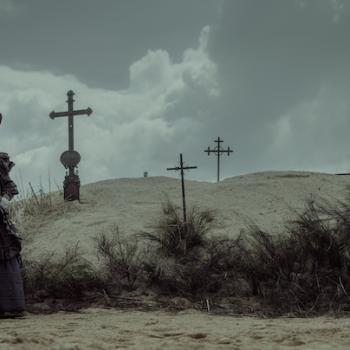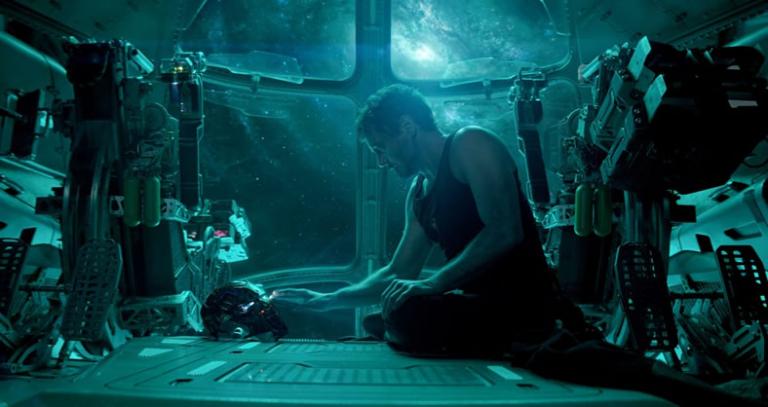
The dust is settling, the ash has blown away. And, inescapably, the internet is roaring with people praising and picking apart Avengers: Endgame.
I thought Endgame was eminently satisfying. It closed the book on a marvelous (Marvel-ous?) 22-movie story arc (even as it set the table for others). And while it was about Thanos and Captain America and the Infinity Gauntlet and the Snap and what might’ve been the end of the world, Endgame’s really about second chances. It’s about redemption.
Maybe that’s what the whole Marvel Cinematic Universe was about, too. (Caution: Many, many MANY spoilers ahead.)
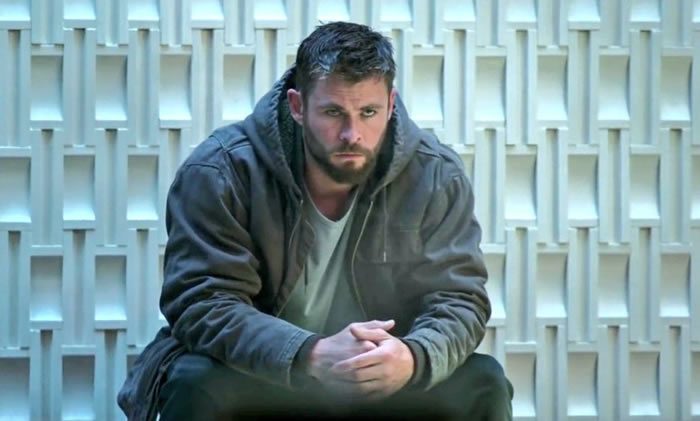
You wouldn’t think that a bunch of heroes and demigods would need second chances or salvation. Who’d throw, say, Thor on a scrap heap? Why would the blond God of Thunder be in need of a little mercy? In the universe’s cosmic lottery, Thor was a Powerball winner, gifted with almost everything imaginable.
But when we first meet him, he’s playing Fortnite with his old pals from Thor: Ragnarok. The Norse demigod is flabby and drunk and cursing about how he prepubescent online opponent keeps calling him names. Rocket says he looks like melted ice cream
He’s no hero: He’s a clown. Only reluctantly does he agree to help his old Avengers pals. And when he tries to slip back into the hero mold again, he can’t. Thor—mighty, fearless Thor who when we first meet him is attacking a whole planet filled with frost giants—has an attack of his own. A panic attack.
It takes a little pep-talk from Mom to cheer him up.
When he and his mates zap themselves into the past to undo their dark, Thanos-filled future, Thor runs into his mother Frigga, who technically died in Thor: The Dark World. She looks him over and sees the changes in him. “The future has not been kind to you, has it?”
It has not. And, given this unexpected gift of time with his mother, he pours out his misery. How he feels like he failed in the first fight against Thanos. How he tried to find some measure of peace by killing the titan later, only to find that the death was completely empty of meaning. “I was just standing there,” he says. “Some idiot with an axe.”
“Idiot? No,” Frigga tells him. “A failure? Absolutely.”
“Seems a little harsh,” Thor says.
“But you know what that makes you? Like everyone else.”
That theme of failure is, in some ways, the thread that runs through the whole MCU—a more consistent presence than even the Infinity Stones.
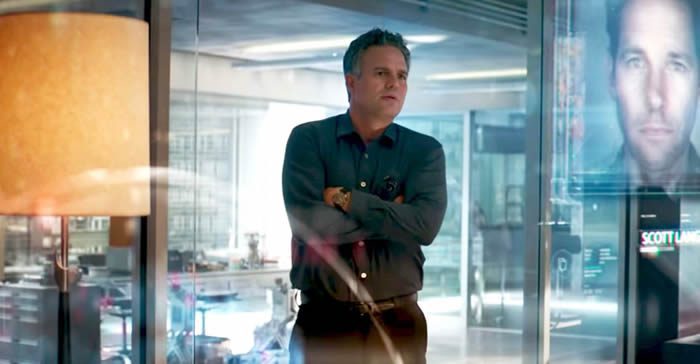
We see that theme of failure from the moment Tony Stark crawls out of that cave in 2008 to become Iron Man. His newfound status as a superhero is a quest for redemption.
“You stood by my side all these years while I reaped the benefits of destruction,” he tells his then assistant, Pepper Potts. “Now that I’m trying to protect the people I’ve put in harm’s way, you’re going to walk out?
“I shouldn’t be alive,” he adds, “unless it was for a reason. I’m not crazy, Pepper. I just finally know what I have to do. And I know in my heart that it’s right.”
Stark was given a second chance. He was, in a sense, born again—dying to his old life and finding new purpose. Same with Steve Rogers when he went from scrawny weakling to U.S. super soldier. Or Captain Marvel when she came to grips with who the Kree made her and took a different path. Or Nebula, Thanos’ cyborg daughter whose story arc may be the most powerful and poignant second chance of them all. We can look at each superhero’s journey and find the failure they feel—and the chance at redemption they’re given. Each has been reclaimed. Remade. Reborn.
In Endgame, we see that arc of rebirth especially boldly in Bruce Banner. For years, he struggled with the useful green monster inside of him. And when Bruce needed Hulk the most, the big guy refused to come out—afraid of the bigger guy; broken by Thanos.
“It was worst for me,” he says. “I lost twice. First Hulk lost. Then Banner lost. Then we all lost.”
Again, we hear about failure—the angsty shame that Bruce feels for Thanos’ Infinity War victory. (“No one blamed you,” Natasha Romanoff tells him; “I did,” Bruce says.) But that failure led to another reclamation of sorts—the blending of Bruce and Hulk into one unified person that doesn’t cause quite so many ripped shirts.
But if Bruce/Hulk’s second chance is the most obvious, the most poignant features Natasha (Black Widow) and Clint Barton (Hawkeye).
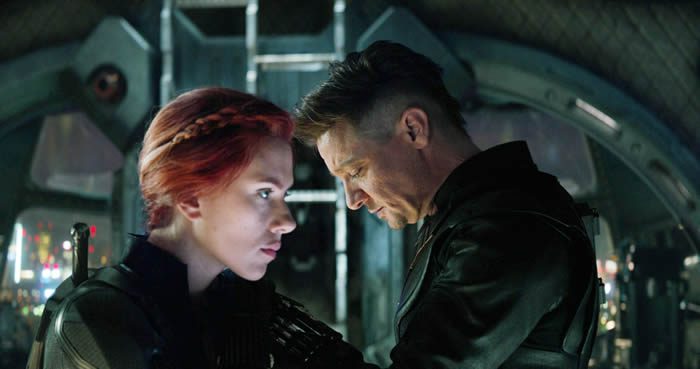
Vets of the MCU series know that Natasha was once a ruthless Soviet assassin who was apparently turned by Clint some time before the original Iron Man. The two became fast friends despite Natasha’s bloody past, and Black Widow is always trying to make up for her past sins.
“I’ve got red in my ledger,” she admits in The Avengers. “I’d like to wipe it out.”
By Endgame, the script has been flipped in a big, bad way. Clint, who lost his family to the events in Infinity War, has become the despicably lethal Ronin—a blade-wielding freelancer who leaves behind a mangled mess of bodies in his wake. He’s failed too, morphing from a do-gooding husband and father to a near nihilistic vigilante, one closer to villain than hero. His work’s turned so bloody that James “War Machine” Rhodes admits that part of him doesn’t even want to find him again.
But Natasha does find him, and she brings him back to the Avengers—both physically and, in part, spiritually. It’s fitting that, when the Avengers split up to reclaim those pesky Infinity Stones, Natasha and Clint are paired up again, “just like Bucharest,” Clint jokes. They must pocket the Soul Stone.
They soon discover that the stone, unlike all the rest, demands a sacrifice: To earn it, the claimant must lose what he or she loves.
Clint and Natasha argue at the edge of an extraterrestrial cliff as to who will make the ultimate sacrifice. Clint says it’s only fitting that it should be him. “Natasha, you know what I’ve done. You know what I’ve become.”
“Well, I don’t judge people on their worst mistakes,” Natasha tells him.
“Maybe you should.”
Natasha looks at him. “You didn’t.”
Second chances. Years before, Clint gave Natasha a second chance—one that she admits changed her life for the better. And, in a gut-wrenching struggle at that cliff, Natasha gives Clint his own second chance. A chance at redemption.
Clint—always the Avengers’ everyman—could be any of us in that moment on the cliff, standing at the MCU’s version of the pearly gates. You know what I’ve done. You know what I’ve become. We’ve failed and we know it. We’re racked by guilt and shame. But, because of a selfless sacrifice, we’re given a second chance. And a third. And a 14 millionth. We can be reborn.
It’s not the only ultimate sacrifice we see in Endgame.
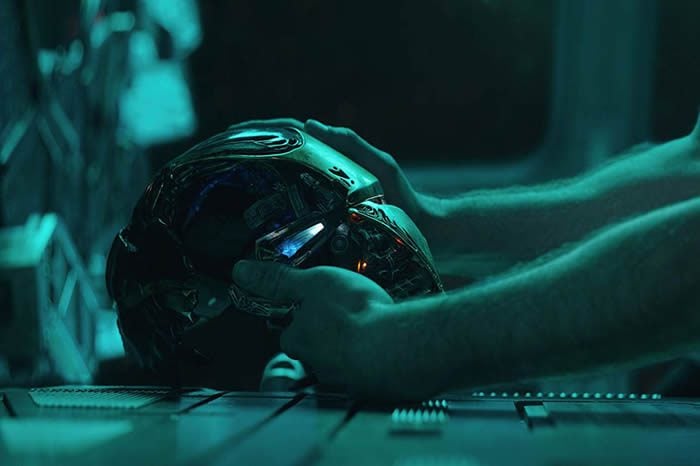
In the MCU’s litany of imperfect heroes, Tony Stark is perhaps the most imperfect and, in his own billionaire-genius-playboy way, the most human. The film series is festooned with his hubris and littered with his failures. And in the wake of Infinity War, he—like every other Avenger—blames himself.
“I couldn’t stop him,” he says.
“Neither could I,” Steve Rogers tells him.
But unlike Clint, who lost everything to the Infinity War Snap, Tony kept what he loved, and even grew it. He has a family now. “We got really lucky,” his wife, Pepper, tells him. Can you blame him for wanting to protect what he has? Who among us wouldn’t? When it looks like the Snap might be reversible, Tony initially refuses to sign up. And when he does, it’s under the stipulation that he won’t lose what he has.
Which means, of course, he has to lose it, and lose it willingly. When Doctor Strange holds up his one finger, Tony knows what he has to do.
In many ways, Stark is the least Christ-like guy on the Avengers team. But his ultimate sacrifice is an echo of Good Friday: “For even the Son of Man did not come to be served, but to serve, and to give His life as a ransom for many,” we read in Mark 10:45.
I shouldn’t be alive unless it’s for a reason, Tony said. That reason became his life, and he made good on his second chance until the very end.
May we all be able to say the same.



